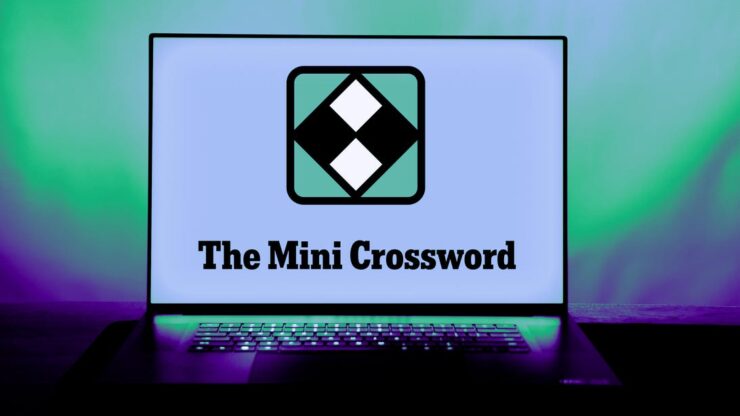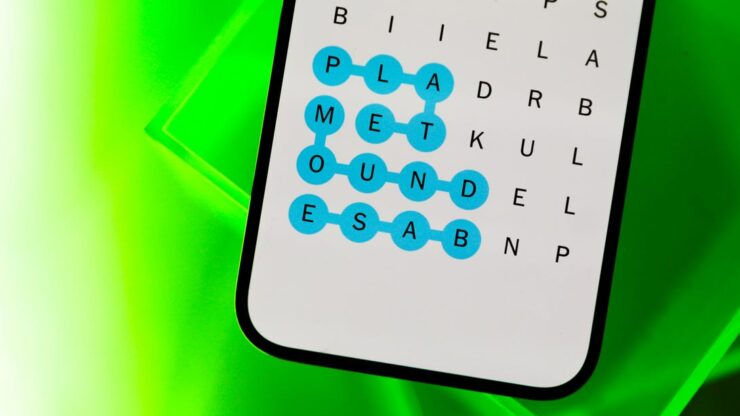Apple’s move to drop the Lightning port in favor of a USB-C connection will invariably see Apple-made peripherals move to USB-C too, including the venerable EarPods wired earbuds. But there’s a catch.
On Apple’s page detailing the new USB-C EarPods, the system requirements section notes they will only work with iPhone models with USB-C (obviously) but also only Macs and iPads that are running rather recent version of their respective operating systems
Specifically, you’ll need to be using a Mac or MacBook that is compatible with macOS Monterey 12.6 (for reference the most recent version of macOS is Ventura 13.5.2). And for iPads, you need to have a tablet that’s running iPadOS 16.4 (the latest version is iPadOS 16.6.1).
So if you don’t have a reasonably recent Mac machine or iPad, plugging in the USB-C EarPods won’t work. Of course, Macs and iPads of a certain generation won’t have USB-C, but even if you were to use a USB-A to USB-C converter you’d still not be able to get any audio from the new EarPods.
The good news is that Apple tends to extend OS updates to Mac and iPads that are several generations old. So if you have, say an iPad Pro from 2018, you should be able to use the USB-C EarPods providing you ensure the tablet is running a recent version of iPadOS.
My personal recommendation is you skip the EarPods altogether and opt for a pair of the best wireless earbuds. While the EarPods have a pleasing design that matches well with Apple devices, I’ve never been hugely convinced by their fit or audio quality. In contrast, a pair of AirPods 3 or AirPods Pro 2, will give you superior sound without the hassle of wires. You’d need to pay a good chunk more than a simple $19 / £19 / AU$29 pair of EarPods, but your ears will thank you for doing so.
USB-C growing pains
Apple’s final adoption of USB-C across pretty much all of its recent products is a welcome one, meaning the slow decline of needing to use proprietary Lightning cables. But equally it’s not a perfect solution.
That’s mostly due to how Apple has integrated USB-C into its iPhone 15 range. At the Apple September event, the folks at Cupertino touted how the iPhone 15 Pro and iPhone 15 Pro Max can deliver USB 3 data speeds through their USB-C connection, which will let users transfer transfer things like large 4K videos to their Macs or external storage with ease thanks to transfer speeds of up to 10 gigabits per second.
But what it didn’t make abundantly clear is that on the standard iPhone 15 and iPhone 15 Plus, the USB-C port is only rated for USB 2, This means it’s using a somewhat dated standard that delivers data transfer speeds of 480 megabits per second. As my colleague Matt Hanson explains, this archaic USB-C choice is insulting.
While such an issue shouldn’t be a problem for delivering solid audio across USB-C for the EarPods, it’s an example that Apple’s move to USB-C isn’t a straightforward and plug ‘n’ play as one might assume.
More iPhone 15 stories
iPhone 15: everything we knowiPhone 15 Plus: everything we knowiPhone 15 Pro: everything we knowiPhone 15 Pro Max: everything we knowiPhone 15 price: should you go for iPhone 14 instead?iPhone 15 deals: the best offers to look out foriPhone 15 USB-C: everything you need to knowiPhone 15 Pro Max camera: 7 big upgrades15 things we learned at Apple’s September 2023 event


